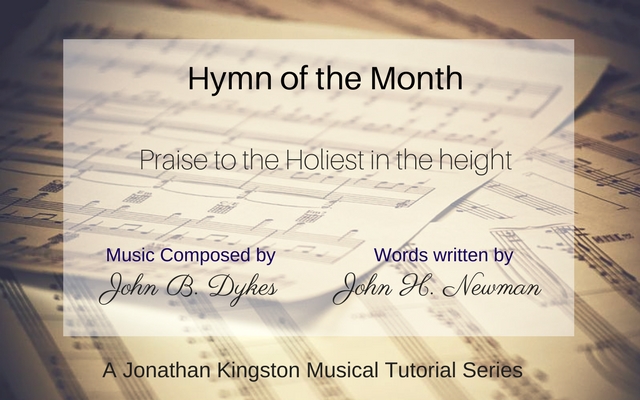In this “Hymn of the Month” we present you with the hymn song “Praise to the Holiest in the height” by John Henry Newman (1801 – 1890). This is accompanied by the hymn tune “Gerontius” by the English musician and clergyman John Bacchus Dykes (1823 – 1876).
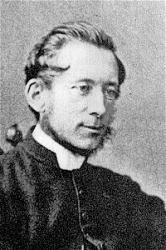
John B. Dykes was born in Hull, England, and already by the age of 10 he was the assistant organist at St. John’s Church in Hull. He studied in Wakefield and then at St Catharine’s College, Cambridge, earning a B.A. in Classics. He also joined the Cambridge University Musical Society, and later became its president. In 1862 he became vicar of St Oswald’s in Durham until his death. He published many sermons and articles on religion but is maybe best known for the over 300 hymn tunes he composed.
Dykes was enormously influential in hymnody in his time but this has declined in recent times, and now he appears less frequently in hymn books. Although some of Dykes’s tunes have proved remarkably resilient with Gerontius, Nicaea, Melita, Dominus Regit Me all continuing to find a place in today’s hymnals. At the time, when Newman wrote “Praise to the Holiest in the height”, Dykes was one of the more frequently commissioned hymn tune composers of the era. It is thought that he adapted material from one of his previous hymn tunes to create the tune “Gerontius” specifically for this hymn text.
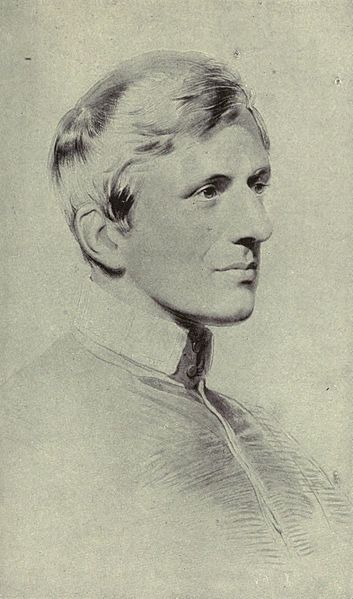
John H. Newman was an Anglican priest, poet, theologian and later a Cardinal. He was born in London into a family of five siblings and later studied at Trinity College in Oxford. Originally an evangelical Oxford University academic and priest in the Church of England, Newman was drawn to the High-Church tradition of Anglicanism. In 1879, he became cardinal in recognition of his services to the cause of the Catholic Church in England. He was also instrumental in the founding of the Catholic University of Ireland, which evolved into University College Dublin.
The text of the hymn “Praise to the Holiest in the height” is an excerpt from a lengthy poem called “The dream of Gerontius” which was also written by Newman. The poem consists of the prayer of a dying man, and angelic and demonic responses. It explores his catholic beliefs of the journey from death through Paradise to God and then to Purgatory. The poem follows the main character as he nears death and then reawakens as a soul, preparing for judgment. Newman is claimed to have said that the poem “was written by accident – and it was published by accident”. We are certainly very happy of these two accidents as without it this splendid hymn would not have been born.
Watch the video
This is played on a custom built Envoy 23-S, which is a very popular church instrument.
About Jonathan Kingston’s Musical Background
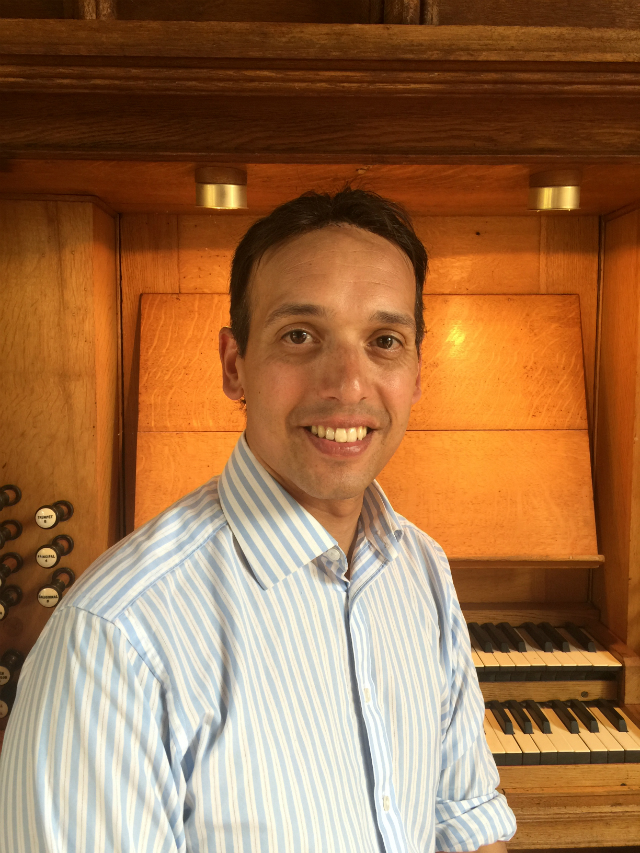
Jonathan was an organ student while studying with Ian Tracey and Ian Wells at Liverpool Anglican Cathedral before being appointed Sub Organist at Bradford Cathedral, aged 18. Assistant Director and Director of Music appointments followed at Stowe and Bromsgrove Schools before an appointment to The King’s School in Ely where he served Ely Cathedral as a deputy organist.
Jonathan is a recording artist for Naxos, Priory and EMI Records and is an ABRSM examiner and coordinator touring the UK and internationally. As an organist, he has appeared with many leading orchestras and choirs including the Royal Liverpool Philharmonic, Halle, London Symphony Orchestra & Chorus and English Symphony Orchestra as well as featuring in many live broadcasts on BBC radio and television.
He is the newly appointed Director of Music at Stony Stratford Parish Church where he presides over the magnificent Willis pipe organ.
Jonathan’s Work With Viscount
Jonathan’s work with Viscount Classical Organs encompasses performing and presenting promotional and tutorial material for the company and his freelance portfolio covers educational outreach, teaching, performing, examining and musical direction. He covers several areas for Viscount from sales, demonstrations, voicing of instruments and performing. His playing features on the current promotional DVD material for Viscount, and he would be very pleased to hear from any churches or individuals requiring an engaging and lively recitalist. If you would like to connect with Jonathan directly, please feel free to follow him on Twitter (@jonkingston) or by email on jonkingston@hotmail.co.uk.
About the Digital Organ Being Played
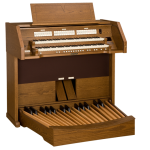
Jonathan plays this piece on an instrument based on our Envoy 23-S. A ‘Physical Modelling’ based instrument with 23 stops in a real wood veneer cabinet. It has a huge internal library allowing the user to create 4 totally individual voice pallets from classic English through Baroque and Romantic. It benefits from a full complement of divisional thumb pistons and additional toe pistons. The standard 23-S organ has a 30 note pedal board while the instrument in the film has a 32 note board. For more information have a look at the specifications here.
I have had a passion for church organs since the tender age of 12. I own and run Viscount Organs with a close attention to the detail that musicians appreciate; and a clear understanding of the benefits of digital technology and keeping to the traditional and emotional elements of organ playing.
